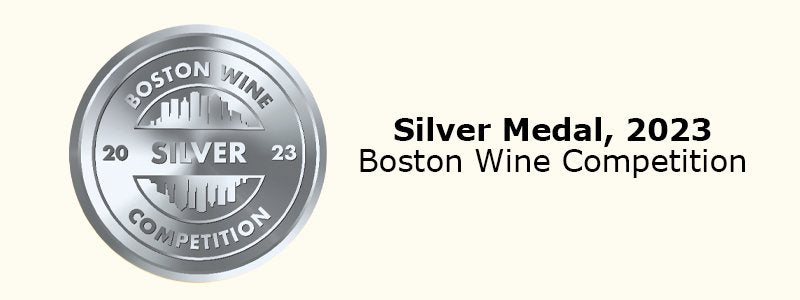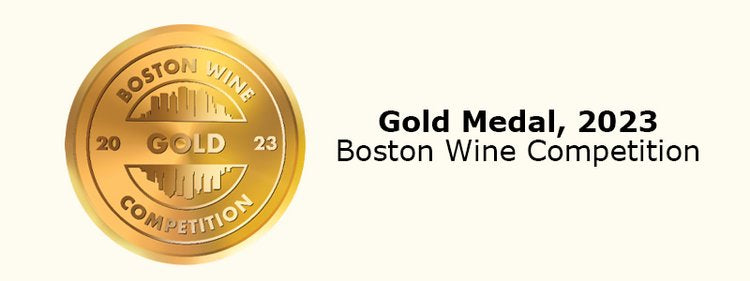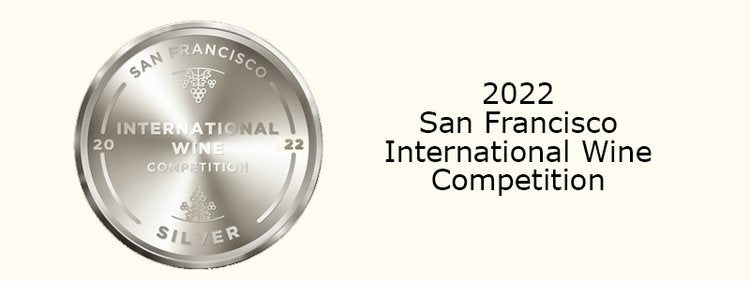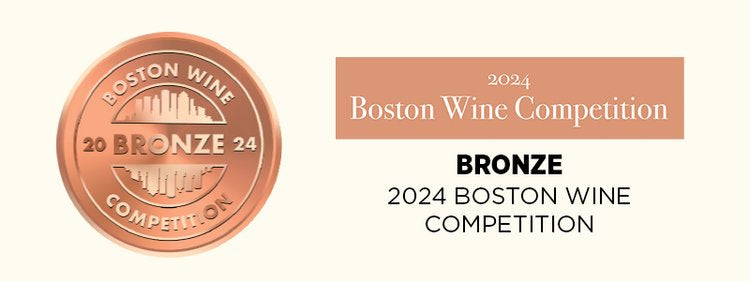Terroir: The Soul of Wine
How Place, Climate and Human Touch Shape What's in Your Glass
On a misty morning in France's Loire Valley, Philippe Foreau walks between rows of Chenin Blanc vines that his family has tended for generations. He kneels to grab a handful of the region's distinctive tuffeau soil—a porous, chalky limestone that dates back to the Turonian age. "This," he says, letting the pale soil filter through his fingers, "is what you taste in our wine. Not just grapes. You taste this place."
What Foreau is describing is terroir (pronounced tehr-WAHR), a concept that has guided winemaking for centuries but has only recently entered the mainstream lexicon of wine enthusiasts outside Europe. It's a French term that defies simple translation but encompasses the complete natural environment in which wine is produced—including soil, topography, climate, and the human touch—all factors that give each wine its distinctive character.
More Than Just a Buzzword
For casual wine drinkers, terroir might seem like industry jargon, a pretentious term thrown around by sommeliers to justify premium pricing. But terroir represents something profoundly important: the recognition that wine is an agricultural product intimately connected to the earth from which it comes.
"Terroir isn't just marketing—it's the fundamental truth of wine," explains Dr. Laura Catena, a fourth-generation Argentine winemaker and founder of the Catena Institute of Wine. "When we talk about terroir, we're acknowledging that a Malbec grown at 5,000 feet in the Andes tastes fundamentally different from one grown at sea level, even with identical winemaking techniques."
This perspective has shaped winemaking philosophy for centuries, particularly in Europe where the concept originated. In Burgundy, for instance, adjacent vineyards separated by just a few feet can produce markedly different wines due to subtle variations in soil composition and sun exposure.
The Science Behind the Romance
While terroir carries cultural and even spiritual significance for many winemakers, modern science has begun to validate what vignerons have known intuitively for generations.
Dr. Elizabeth Tomasino, associate professor of enology at Oregon State University, has conducted research on how environmental factors translate into chemical compounds in wine. "We can now identify specific aromatic compounds that correspond to soil types," she explains. "Wines from volcanic soils, for instance, often contain higher concentrations of certain minerals that contribute to distinctive flavor profiles."
Climate plays perhaps the most crucial role. The amount of sunshine, rainfall patterns, temperature fluctuations between day and night, and even the direction and strength of prevailing winds all affect how grapes ripen.
"Climate is the master conductor of terroir," says Greg Jones, a climatologist who specializes in wine production. "It dictates not just what can be grown where, but how the grapes develop their sugars, acids, and phenolic compounds that ultimately translate to flavor and structure in wine."
The Elements of Terroir
To truly understand terroir, we need to examine its component parts:
Climate: The Overarching Influence
Wine regions are often categorized as cool, moderate, or warm climate, but these broad designations mask incredible complexity. Within Napa Valley's 30-mile stretch, temperature variations of up to 15 degrees Fahrenheit can occur between the cooler southern end and the sun-baked northern reaches.
Even more important are microclimates—small-scale variations in climate conditions that can exist within a single vineyard. A south-facing slope might produce riper, more concentrated grapes than its north-facing counterpart just yards away. Morning fog that lingers in one hollow but dissipates quickly from an adjacent rise creates different growing conditions for vines planted in each location.
"Climate change has made understanding microclimates more critical than ever," notes Miguel Torres Jr., whose family has made wine in Spain's Penedès region for generations. "We're now planting at higher elevations to maintain the freshness and acidity that our terroir was historically known for."
Soil: The Foundation of Flavor
Perhaps no aspect of terroir is more romanticized than soil. The granite of Beaujolais, the schist of Priorat, the volcanic soils of Sicily's Mount Etna—each imparts distinctive characteristics to the wines produced there.
Soil influences wine through its physical properties (drainage, heat retention), chemical composition, and ability to regulate water supply to the vine.
"The relationship between soil and flavor is complex," explains Pedro Parra, a Chilean terroir consultant known for digging deep soil pits in vineyards worldwide. "It's not that you taste minerals directly from the soil—that's a misconception. Instead, the soil creates certain growing conditions that affect how flavor compounds develop in the grape."
Water drainage is particularly crucial. Many of the world's finest vineyards feature soils that are poor in nutrients but excellent at drainage, forcing vines to struggle and send roots deep in search of water and nutrients. This stress generally produces smaller berries with more concentrated flavors and higher skin-to-juice ratios, resulting in more complex wines.
Topography: The Shaper of Opportunity
Elevation, slope, aspect (the direction a vineyard faces), and proximity to bodies of water all contribute to a site's unique character.
In Germany's steep Mosel Valley, vineyards cling to slopes at grades of up to 65 degrees. These precipitous sites capture maximum sunlight in an otherwise cool climate, allowing Riesling grapes to achieve ideal ripeness while maintaining the electric acidity that characterizes the region's wines.
In Argentina's Uco Valley, elevation serves a different purpose. Vineyards planted at up to 5,000 feet above sea level benefit from intense sunlight during the day but cool rapidly at night, creating perfect conditions for developing complex flavors in Malbec while preserving acidity.
Human Intervention: The Interpreter of Place
While terroir begins with natural factors, the human element cannot be separated from the equation. Decisions about which grape varieties to plant, when to harvest, and how to vinify the resulting wine all affect how terroir is expressed in the final product.
"Winemakers aren't just passive conduits of terroir—we're its interpreters," says Rajat Parr, winemaker and author of "The Sommelier's Atlas of Taste." "Our job is to make choices that allow the unique character of a place to shine through as clearly as possible."
These choices begin in the vineyard, with decisions about planting density, trellising systems, and canopy management that affect how vines interact with their environment. They continue through harvest timing, fermentation techniques, aging vessels, and countless other variables that can either amplify or obscure the expression of terroir.
Old World vs. New World: Different Approaches to Terroir
Historically, European winemaking traditions emphasized terroir through strict regulations about which grape varieties could be grown where, often codified in appellation systems like France's Appellation d'Origine Contrôlée (AOC). These systems operate on the premise that centuries of experimentation have revealed which grapes best express the terroir of particular regions.
In Burgundy, for example, Pinot Noir and Chardonnay have been identified as the varieties that most transparently communicate the region's complex mosaic of soils. The Burgundian classification system further recognizes that even within a single village, different parcels of land produce wines of varying quality and character, leading to the intricate hierarchy of Grand Cru, Premier Cru, and village-level designations.
New World regions initially took a different approach, emphasizing grape variety over place. California's rise to prominence in the 1970s and 80s was largely built on varietal labeling—Cabernet Sauvignon, Chardonnay, Merlot—with less emphasis on specific origins.
But this dynamic has shifted dramatically in recent decades. New World producers increasingly highlight sub-regions, vineyards, and even specific blocks within vineyards on their labels, signaling a growing appreciation for terroir's importance.
"When I started making wine in Oregon in the 1980s, we were just trying to prove we could ripen Pinot Noir consistently," recalls Ken Wright, whose single-vineyard Pinot Noirs have helped establish the Willamette Valley's reputation. "Now we're focusing on the distinct personality each vineyard brings to the wine. That's a natural evolution as a wine region matures."

Tasting Terroir: From Theory to Glass
For wine lovers, the ultimate question is: Can you actually taste terroir? The answer is a qualified yes, though it requires attention and experience.
"Terroir is most apparent when comparing wines made in similar styles from different places," advises Karen MacNeil, author of "The Wine Bible." "Try tasting Sauvignon Blancs from the Loire Valley, New Zealand, and California side by side. The differences you'll notice—from the flinty minerality of Sancerre to the vibrant tropical notes of Marlborough—are largely expressions of terroir."
Some classic terroir signatures include:
- The saline, iodine notes in wines from coastal vineyards
- The smoky, volcanic character of wines from regions like Sicily's Mount Etna or Greece's Santorini
- The distinctive "garrigue" (wild herbs like thyme and rosemary) notes in wines from southern France
- The slate-like minerality of Mosel Rieslings grown on blue slate soils
However, winemaking choices can either highlight or mask these characteristics. Heavy oak treatment, for instance, can overwhelm subtle terroir expressions, which is why many terroir-focused producers opt for neutral vessels like older oak barrels or concrete tanks.
Terroir Under Threat: Climate Change and Standardization
As powerful as terroir is in shaping wine's character, it faces significant challenges in the modern era. Climate change represents perhaps the most serious threat, as rising temperatures and increasingly erratic weather patterns alter the environmental conditions that have defined wine regions for centuries.
"We're seeing harvest dates advance by two to three weeks compared to 30 years ago in many European regions," notes Dr. Jones. "This fundamentally changes the ripening cycle and can result in wines with higher alcohol, lower acidity, and different flavor profiles than those historically associated with these regions."
In response, producers are adapting by planting at higher elevations, exploring cooler sites, experimenting with different grape varieties, and adjusting viticultural and winemaking practices.
Another challenge comes from market pressures that can encourage standardization over distinctiveness. When wines are produced to meet specific flavor profiles demanded by influential critics or mass-market consumers, the expression of terroir sometimes takes a back seat to commercial considerations.
The Future of Terroir: Preservation and Discovery
Despite these challenges, terroir remains central to how we understand and appreciate wine. Indeed, as consumers grow more interested in authenticity and provenance across the food system, terroir's importance may only increase.
"The future of wine lies in its diversity," argues Randall Grahm, the iconoclastic California winemaker. "As the wine world becomes more homogenized in some ways, the distinctive character that terroir brings becomes more precious."
This perspective is driving exploration of new terroirs—from emerging regions like England's southern counties (where warming temperatures now allow for quality sparkling wine production) to rediscovered ancient wine regions in countries like Georgia and Armenia.
It's also inspiring renewed commitment to preserving established terroirs through sustainable and organic farming practices. "When you spray synthetic chemicals year after year, you're not just affecting the vines but the entire ecosystem of the vineyard," explains Aubert de Villaine, co-director of Burgundy's famed Domaine de la Romanée-Conti. "To express terroir fully, you need healthy, living soils."
Beyond the Bottle: Terroir as Cultural Heritage
Ultimately, terroir transcends the technical details of soil types and climate data. It represents a philosophy about wine that connects it to culture, history, and place.
"When we drink wine with a true sense of terroir, we're tasting somewhere, not just something," reflects renowned wine writer Jancis Robinson. "That's what makes wine more than just an alcoholic beverage—it's a liquid geography, a taste of place that can transport us across continents and connect us to landscapes and traditions we might never otherwise experience."
In an increasingly digital world where experiences are often detached from physical place, the connection to specific locations that terroir provides feels particularly valuable. Each bottle of terroir-driven wine offers not just pleasure but a form of travel—a taste of somewhere real, shaped by both natural forces and human hands working in harmony.
As you raise your next glass, take a moment to consider not just what's in the wine, but where it's from. That sense of place—terroir—might just be wine's greatest gift.

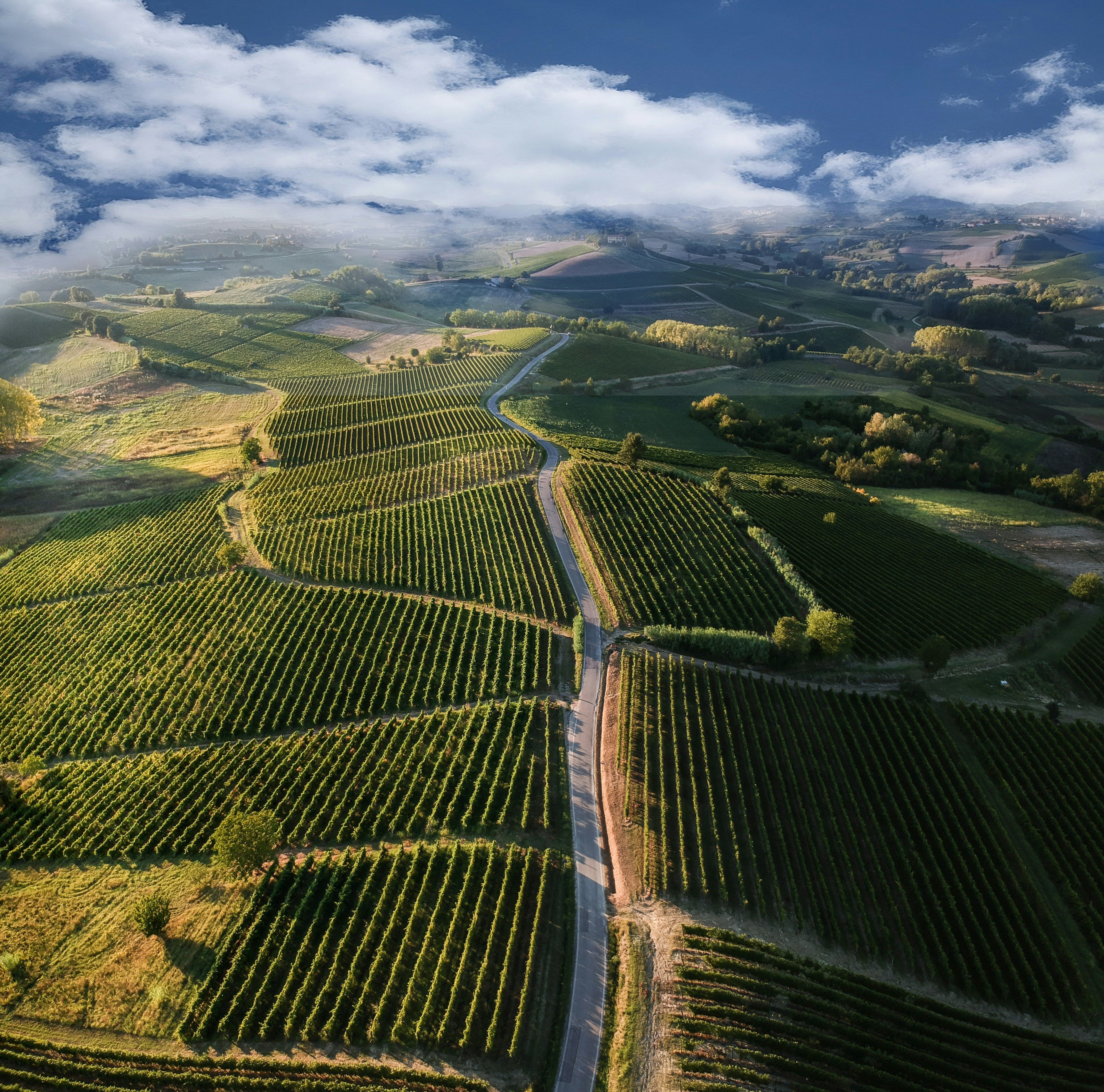
 Buy Noteworthy Wine
Buy Noteworthy Wine

